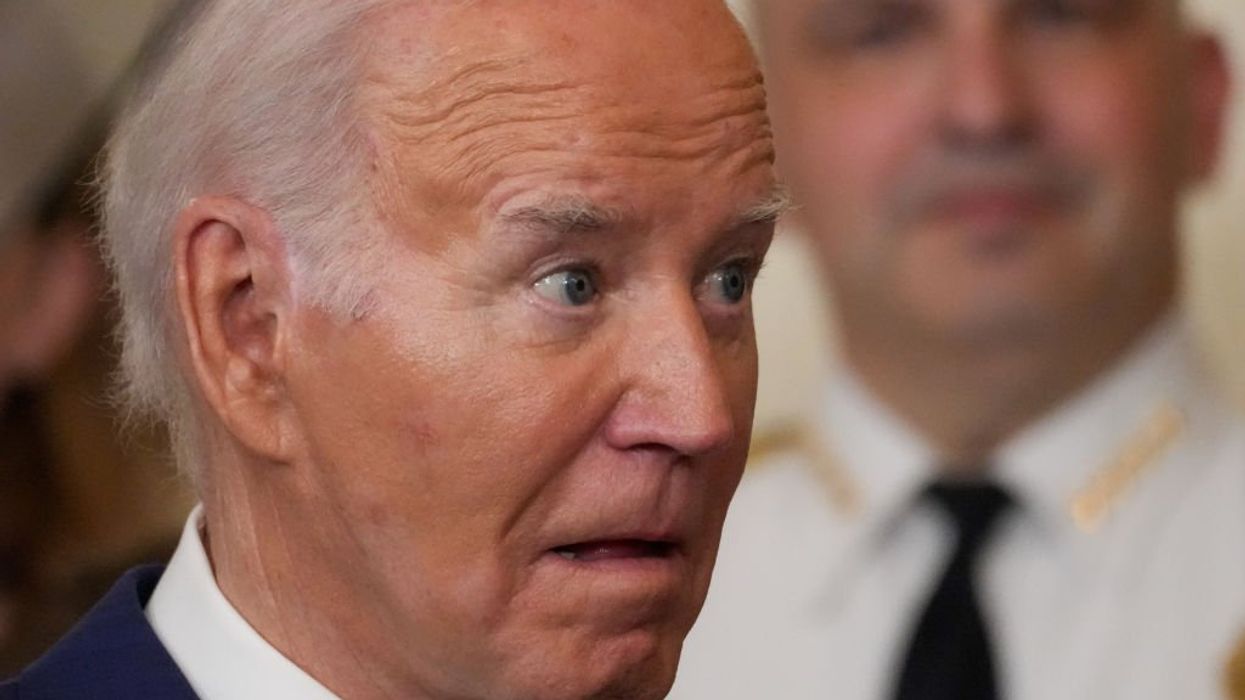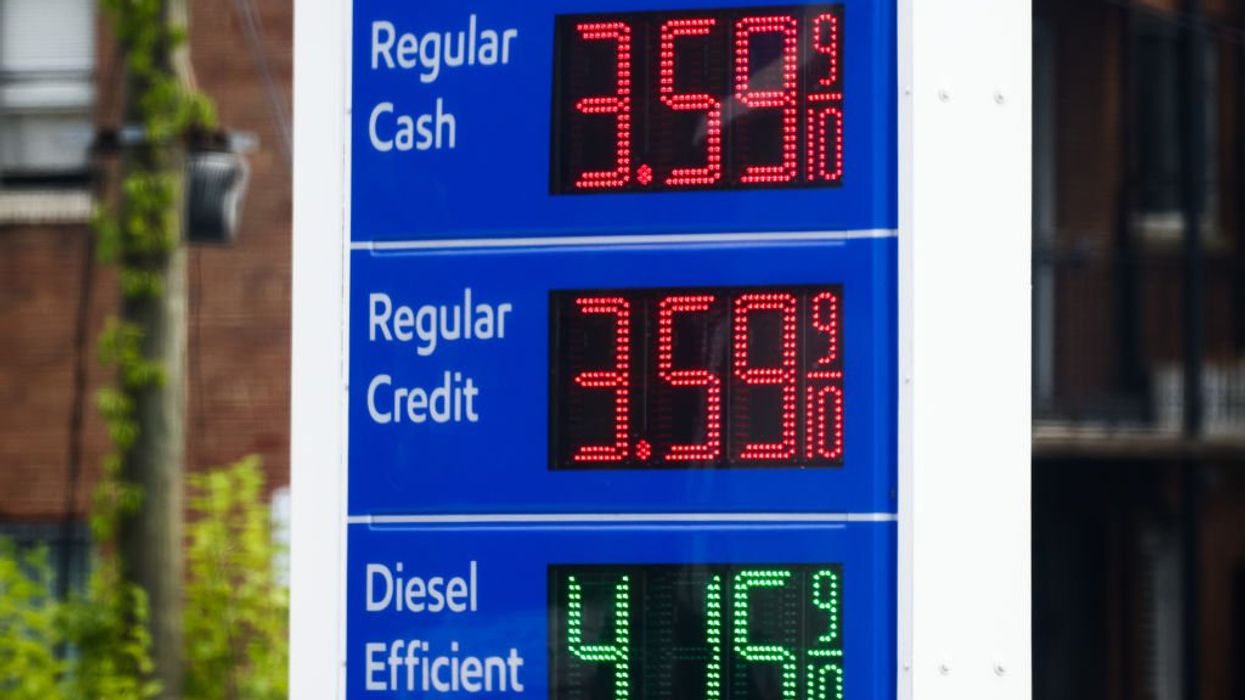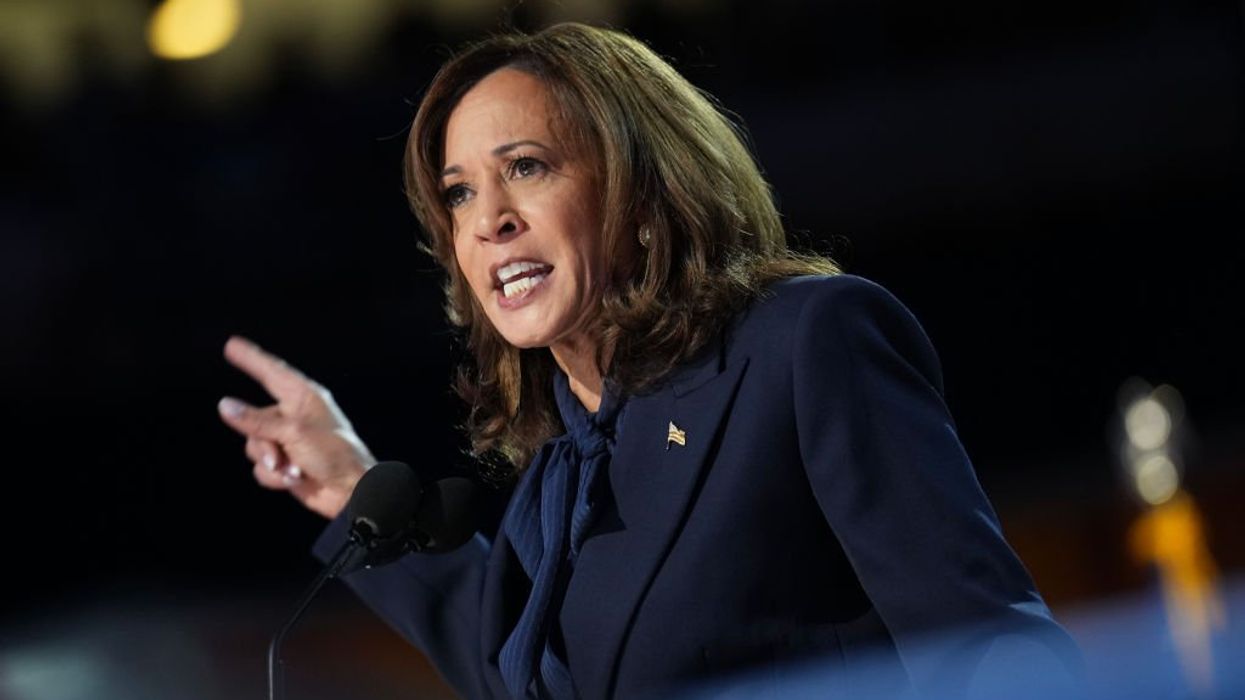The Democrats don't want the American people to know who they are voting for. It has been well over a month since Biden dropped out of the presidential race and Kamala was hastily installed in his place. During that time, Kamala has not given a single interview.
The Democrats' intention is clear: they have spent the last month gaslighting the American left into believing that Kamala is their new "super-candidate." Now that they've taken the bait, they can allow Kamala to take a softball interview to combat accusations from the Right.
Kamala's first interview will be hosted by Dana Bash on CNN and is scheduled for 9:00 p.m. ET tonight. Kamala will be joined by her running mate, Tim Walz, for an unusual interview. Between the tag-team approach and the more-than-sympathetic interviewer, it's almost certain that this will not be a particularly substantial interview full of easy, soft-ball, questions.
The American people deserve to know who is on the ballot, and that means that they should be able to see how their candidates stand up against tough questions. Here are five questions that CNN should ask Kamala tonight:
Will she build a border wall?

SOPA Images / Contributor | Getty Images
After years of bashing Trump for his proposed border wall, Kamala has suddenly changed her mind. During the DNC, Kamala pledged to support a bill that included money for a border wall and other border security measures. This change seems like a knee-jerk response to recent criticisms made about her abysmal performance as the "border czar." The question is: how genuine is it?
What is her stance on the Israel-Hamas war?

BASHAR TALEB / Contributor | Getty Images
Kamala has been mushy on the issue of the Israel-Hamas war so far. She said that she would support Israel while simultaneously expressing sympathy for the Palestinians in Gaza. With mounting pro-Hamas support within the American left, just how far is Kamala willing to go?
How does she explain defending Biden against allegations that he was too old for office now that those allegations have proven true?

NurPhoto / Contributor | Getty Images
For the last four years, Kamala and the entire mainstream media have vehemently defended President Biden's mental fitness, despite countless incidents that indicated otherwise. After Biden's senile performance at the June presidential debate, the truth couldn't be hidden any longer, and Kamala was quickly swapped into his place. Now that the cat's out of the bag, how does Kamala justify her lies to protect the incompetent president?
How does she plan on fixing the economy, and why hasn't she already done it?

NurPhoto / Contributor | Getty Images
Kamala has claimed that she could lower consumer prices starting on the first day of her administration, accompanied by other promises to fix the economy. So why the wait? If she knows how to fix the economy that is causing so many Americans to suffer, can't she do something right now as the Vice President? Why has the economy only gotten worse within her three-year tenure in the White House?
Why does she keep flipping on her policies? Where does it stop?

Andrew Harnik / Staff | Getty Images
As mentioned above, Kamala has already changed her stance on a border wall, but it doesn't end there. During her 2019 presidential campaign, Kamala vowed to end fracking, a controversial method of drilling for oil, in the name of climate change. But now it seems her position has softened, with no mention of a fracking ban. Why does she keep changing her stance on these major policies? What other policies has she changed without any indication? Why has she so far failed to produce a clear campaign platform?

 JIM WATSON / Contributor | Getty Images
JIM WATSON / Contributor | Getty Images
 Joe Raedle / Staff | Getty Images
Joe Raedle / Staff | Getty Images AASHISH KIPHAYET / Contributor | Getty Images
AASHISH KIPHAYET / Contributor | Getty Images Harold M. Lambert / Contributor | Getty Images
Harold M. Lambert / Contributor | Getty Images